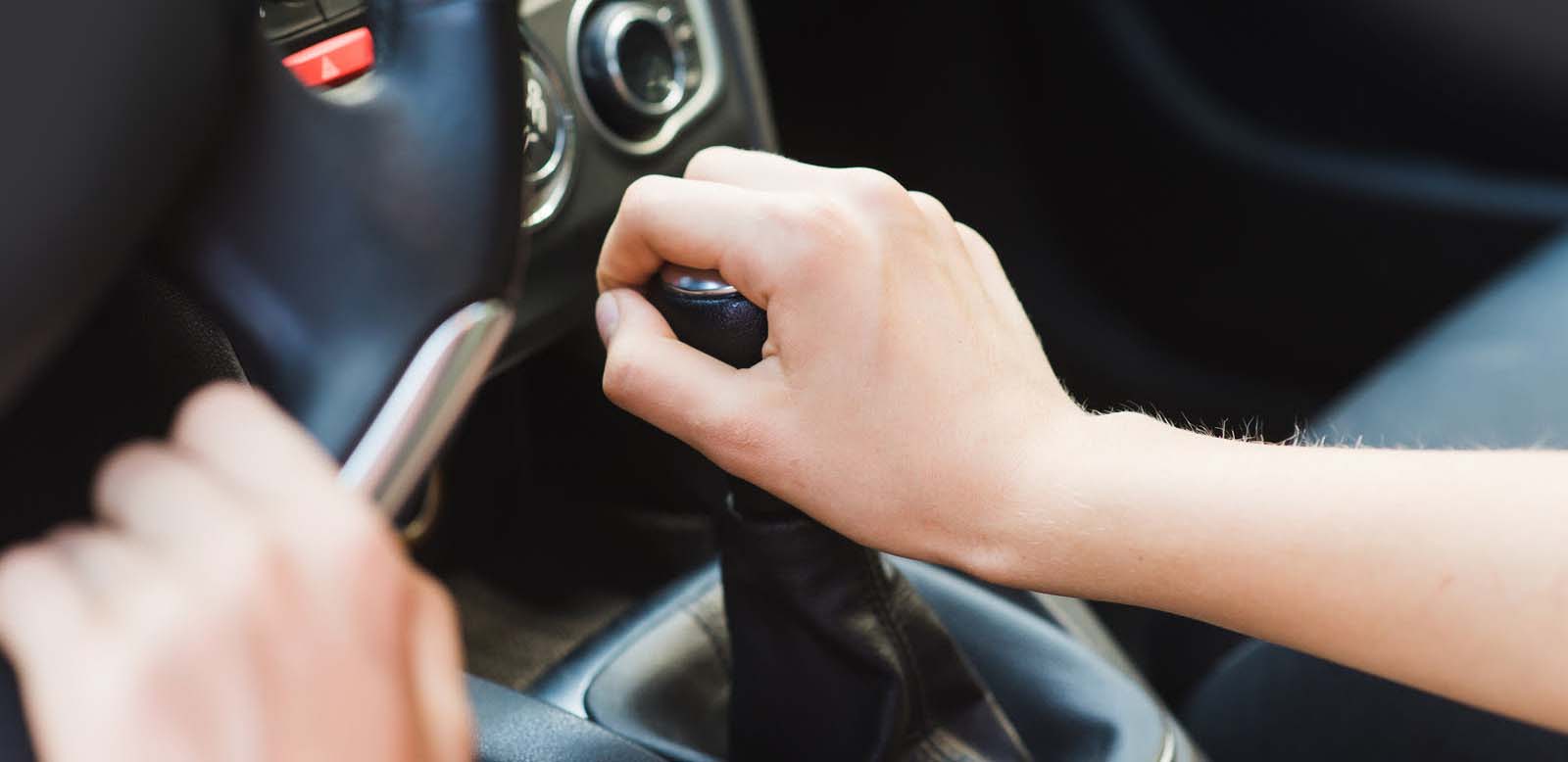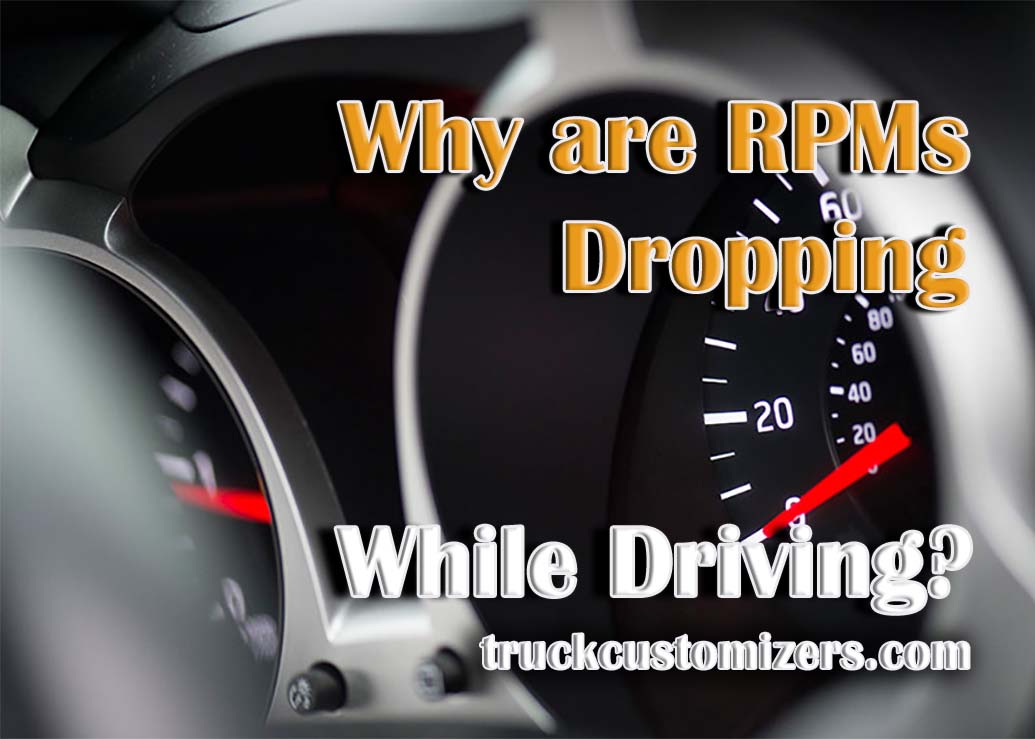RPMs, or revolutions per minute, measure the speed of an engine’s rotation and is an important factor in controlling performance. Common causes of RPM drops while driving include poor performance spark plugs, a faulty fuel injection system, a clogged fuel filter, a vacuum leak in the intake manifold, a worn out timing belt, water contamination in the fuel system and damaged throttle position sensors. In this article we will discuss these common causes for RPMs dropping when driving and provide solutions for how to remedy them.
What Causes RPMs to Drop When Driving?
-
Poor Performance Spark Plugs – A dirty spark plug can cause misfires that reduce engine power which can lead to RPM drops while driving. This can be remedied by either replacing or cleaning the spark plugs as needed.
-
Faulty Fuel Injection System – A malfunctioning fuel injection system can cause the car to misfire and reduce the amount of power generated which will result in RPM drops when driving. This issue can be corrected by replacing the fuel injectors or cleaning and adjusting the current ones.
-
Clogged Fuel Filter – A clogged fuel filter prevents fuel from reaching the engine, resulting in a decrease in power output that can lead to RPM drops when driving. Replacing a clogged fuel filter is necessary for solving this issue.
-
Vacuum Leak in Intake Manifold – A vacuum leak in an intake manifold reduces engine performance by allowing air to enter into places it should not, leading to RPM drops when driving. This problem can be solved by repairing any vacuum leaks or replacing components if necessary.
-
Worn Out Timing Belt – An old or worn out timing belt can cause misfires that reduce engine power resulting in RPM drops while driving. Replacing a worn out timing belt is essential for solving this issue quickly and efficiently as well as increasing performance of the engine overall.
-
Water Contamination in Fuel System – Water contamination of a fuel system can cause misfires and reduces engine power resulting in RPM drops while driving. Flushing the fuel system and refilling with clean gasoline is necessary for solving this issue.
-
Damaged Throttle Position Sensor – A damaged throttle position sensor can cause decreased engine power, leading to RPM drops while driving. This problem can be solved by replacing the throttle position sensor or adjusting it as needed.
-
Low Compression in Cylinder – Low compression in one or more cylinders reduces engine power, causing RPMs to drop when driving. Inspecting and adjusting compression on the affected cylinder is necessary for solving this issue quickly and efficiently.

How To Diagnose Issues Causing RPM Drops When Driving
-
Perform Visual Inspection – The first step to diagnosing an issue causing RPM drops when driving is to perform a visual inspection of components such as spark plugs, fuel filters, intake manifold and timing belt if applicable. Checking for any signs of wear or damage may help point you in the right direction towards what component needs repair or replacement if necessary.
-
Check for Fault Codes Using OBD Scanner – An OBD scanner can help diagnose any fault codes related to an issue such as a faulty fuel injection system that can be causing RPM drops when driving.
-
Check for Vacuum Leaks – Checking for any vacuum leaks in the intake manifold can reveal if this is the cause of RPMs dropping when driving.
-
Test Spark Plugs – Testing spark plugs can help determine if they are dirty and need to be replaced or cleaned as a solution to RPM drops when driving.
-
Inspect Air Intake System – Inspecting an air intake system can help diagnose issues such as a clogged fuel filter or worn out timing belt that may be causing RPMs to drop when driving.
-
Check Compression – Checking compression in one or more cylinder can reveal low compression as the cause of RPM drops when driving and what needs to be adjusted or replaced in order to solve this issue.
Common Solutions For RPM Drops When Driving
-
Replace or Clean Spark Plugs – Replacing or cleaning spark plugs is necessary for solving issues related to poor performance sparking, resulting in decreased engine power and consequently, RPM drops while driving.
-
Replace Fuel Filter – Replacing a clogged fuel filter is necessary for solving issues related to restricted fuel flow, which causes decreased engine power that results in RPMs dropping when driving.
-
Repair Vacuum Leak – Repairing a vacuum leak in the intake manifold is necessary for solving issues related to decreased engine performance, leading to RPM drops when driving.
-
Replace Timing Belt – Replacing an old or worn out timing belt is essential for solving misfires that reduce engine power and result in RPM drops while driving.
-
Flush the Fuel System and Refill With Clean Gasoline – Flushing the fuel system and refilling with clean gasoline is necessary for solving issues related to water contamination that can cause misfires resulting in decreased engine power and consequently, RPM drops when driving.
-
Replace Throttle Position Sensor – Replacing a damaged throttle position sensor is necessary for solving issues related to reduced engine performance, resulting in RPM drops while driving.
-
Inspect and Adjust Cylinder Compression – Inspecting and adjusting compression on one or more cylinders can help solve issues related to low compression that can lead to decreased engine power and consequently, RPMs dropping when driving.
When To Call A Professional Mechanic?
If after performing visual inspection, checking fault codes using an OBD scanner, testing spark plugs, inspecting the air intake system, checking and adjusting compression you are still experiencing RPM drops while driving, it may be time to call a professional mechanic. A professional can help diagnose any issues causing RPMs to drop when driving quickly and efficiently and provide the best solution for solving this problem.
Conclusion
RPMs dropping while driving can be caused by a variety of different issues such as poor performance spark plugs, faulty fuel injection system, clogged fuel filter, vacuum leak in the intake manifold, worn out timing belt, water contamination in the fuel system and damaged throttle position sensor. Performing visual inspection, checking fault codes using an OBD scanner, testing spark plugs and inspecting an air intake system can help diagnose any issue causing RPM drops when driving. Common solutions for this issue include replacing or cleaning spark plugs depending on condition; replacing a clogged fuel filter; repairing a vacuum leak; replacing an old or worn out timing belt; flushing the fuel system and refilling with clean gasoline; replacing a damaged throttle position sensor; inspecting and adjusting cylinder compression as necessary. If after performing these procedures you are still experiencing RPM drops when driving it is recommended to call a professional mechanic who can help diagnose any underlying issues quickly and efficiently and provide the best solution for solving this problem.



